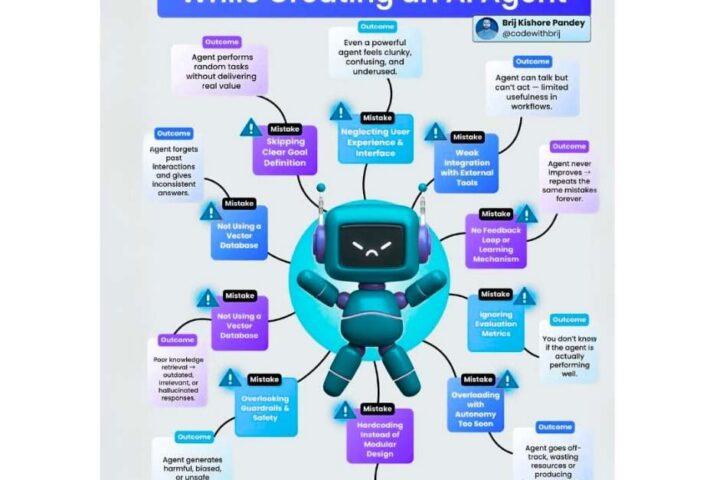Marketing encompasses so many categories: advertising, content, social, public relations — how does a start-up balance it all? Your marketing team might be lean in your early stages, so what areas should you focus on? With 2022 on the horizon (wow, time flies in the pandemic), we’re here to share some relevant tips for start-ups to create a solid digital marketing strategy.
1. Know Your Target Demographic
This should be one of the very first steps when your team gets together and brainstorms your marketing strategy.
“Everyone” is not a target audience. Sure, your product or service might be relevant to a wide range of people, but any brand should still be able to create target personas of specific demographics they want to target.
If you don’t create user profiles, you’d be casting too wide of a net. You won’t be able to make any meaningful connections with your audience if your approach is too generic–you won’t be personable enough!
Ask yourself these questions:
- Who am I really trying to target?
- What are their age, background, and interests?
- What is their pain point?
- How can my product/service help solve this problem and make their life better?
- Why should they buy from me?
- What makes my company stand out from the competition?
- How can I connect with my audience in a meaningful way?
- What online channels do they frequent? Where can I reach them?
Consider creating a few different target persona profiles. Then, create separate campaigns for each audience segment. Think about their needs, concerns, and lifestyle, and tailor your message to speak to them directly.
Also, keep in mind that people use various social media platforms and visit different websites. It would be best if you strategically chose where to show up instead of being all over. For example, if your product targets seniors, does your company need a Snapchat or TikTok account? You could do it for fun, but it wouldn’t reach the actual people you want.
So, the better you know your target audience, the more you can effectively sell to them!
2. Use SEO to Grow Organic Traffic
John Cammidge, Owner
A healthy marketing strategy should focus on driving both paid and organic traffic– no matter the size of your business.
Search Engine Optimization, more known as SEO, is crucial for increasing organic traffic to your website. This is done through creating highly relevant, quality content, whether through web pages and/or blogs. You would strategically choose targeted keywords to create content around and improve user experience on your site (for example, quick loading speed, easy navigation, etc.) for search engines like Google to rank your website higher on the search results page.
Some benefits of SEO include:
- Better visibility: showing up for search queries for your industry will increase website traffic and brand awareness
- Brand authority: if you start showing up in search results for frequently asked questions in your industry, you are establishing yourself as a thought leader in the space, and people are more likely to trust your brand
An SEO strategy takes time, and it should be an ongoing process. Search engine algorithms change, so you might need to reach out to SEO services professionals to keep up with the latest best practices and continue to audit your website and make optimizations.
You should work on an organic and paid strategy because it expands your presence on search engine results.
Picture this: You Google “Women’s Rainboots.” What will be showing up? First, there would be a row at the top with Google Shopping Ads, showcasing women’s rainboots. Then, there might be 3 Google PPC ads before you see organic results. If you have a multi-pronged approach, you could dominate the first page of the keywords you want to rank for!
Conclusion: your brand will dominate the front page of search results if you drive organic and paid traffic.
3. Focus on Driving First-Party Data
Technology is moving towards a future where privacy is heavily valued. It’s great for consumers, but sometimes not so great for advertisers, as many user data tracking functions are being retired, such as Apple iOS allowing users to opt-out of being tracked by apps and Google’s announcement of removing third-party cookies.
As a start-up, this means you can build the business up with good habits as a foundation. In this case, we’re talking about a focus on first-party data.
Your company owns the data collected from users interacting with your brand. It could be someone filling out a form from your Facebook ad, signing up for your newsletter on your website, or giving their email and downloading an eBook from a landing page. All of these count as first-party data, which is information collected directly from your audience.
Previously, advertisers have been focused on third-party data, which contains information on people’s interests, demographics, and online behavior.
With Google removing third-party cookies in 2022, businesses should begin shifting their efforts to collect first-party data. This can be done through lead generation campaigns. Once you get a user’s contact information, you can nurture them through your email newsletters, promote your brand and even create lookalike audiences from your list to further expand your ad reach!
To start strong, we suggest partnering with a digital agency specializing in building custom, strategic campaigns. Take War Room, for example; they’re an award-winning agency that focuses strictly on digital advertising. They strategize and execute ad campaigns to help businesses of all industries grow.
4. Don’t Put All Your Eggs in One Basket
There are countless digital advertising channels available to choose from. Whether it be social channels like Facebook, Instagram, Twitter, LinkedIn, Pinterest, TikTok…or Google Search, Display, audio ads on Spotify, native ads, mobile app advertising – there is a channel for everyone. –
But that means every brand should be carefully selecting the channels they advertise on paying attention to the content moderation results.
This is important for start-ups, especially as budgets can be tight, but you need to drive brand awareness.
You shouldn’t only go with one ad channel because everything in the tech and ad industry changes. Let’s say your product is an app, and you only invest in Facebook Ads. With Apple’s iOS privacy update, users can opt-out of being tracked and have targeted ads served to them. That would mean a big chunk of your audience is gone—just like that. So having a balanced strategy gives you the flexibility to pivot and allocate budget dollars quickly whenever there are changes (instead of starting from scratch and discovering new channels).
To put this in perspective, let’s say Gen Z is your target demographic, and they happen to use Snapchat a lot. You wouldn’t just put all your ad dollars into Snapchat. It could be a primary channel you allocate a good portion of your budget to, but you should consider diversifying your channels to Instagram and Google search.
A multi-channel approach would be best as it maximizes your audience reach, so be sure to choose wisely. If your budget is smaller, try two channels to start. The great thing about being a start-up is you have time to experiment and try new things until you find your groove!
We hope you learned something new with these tips, and you can even incorporate it into your upcoming 2022 strategy!









